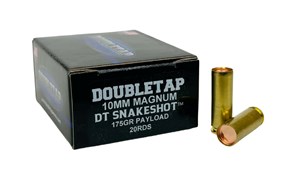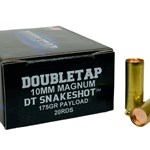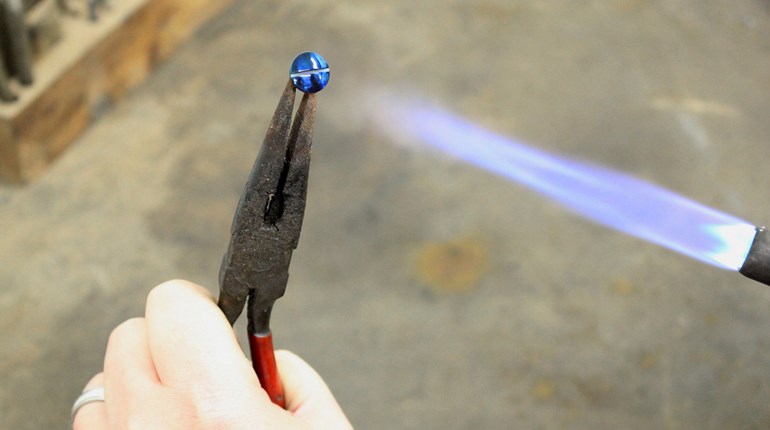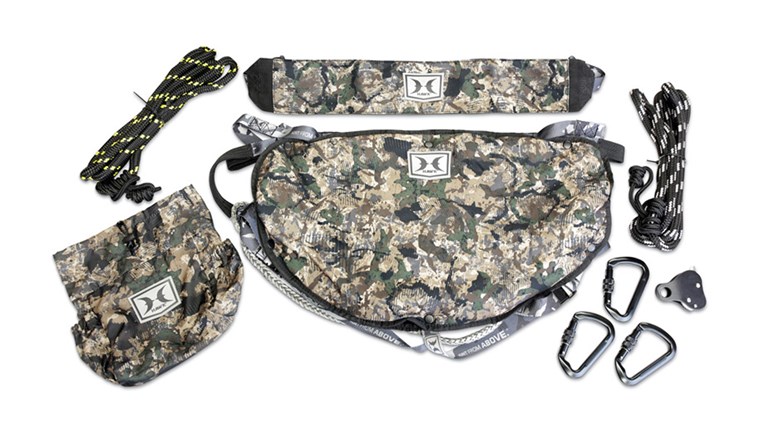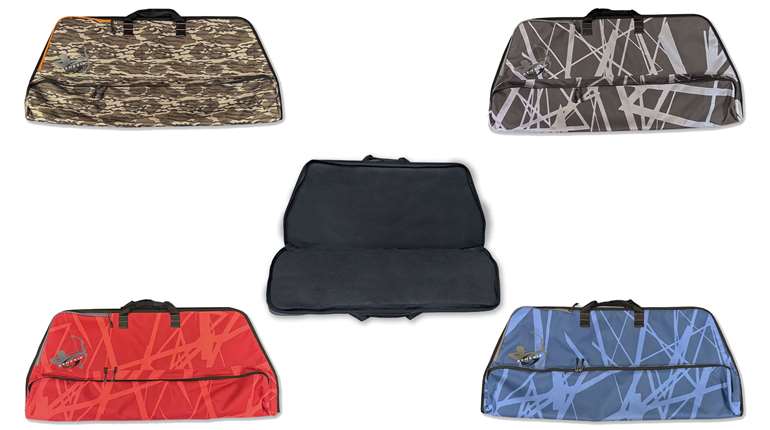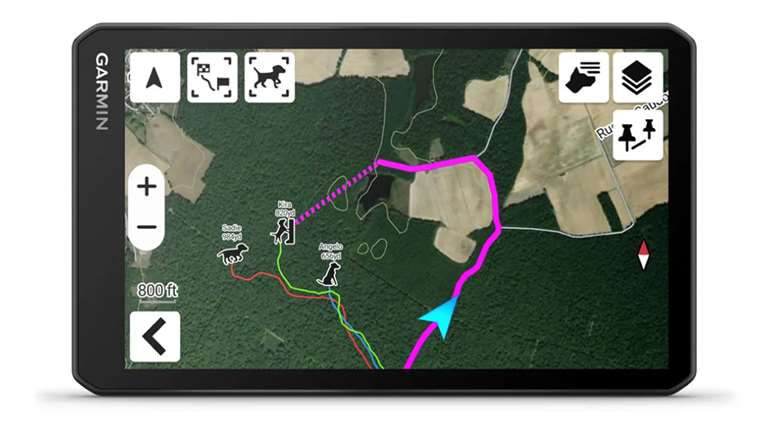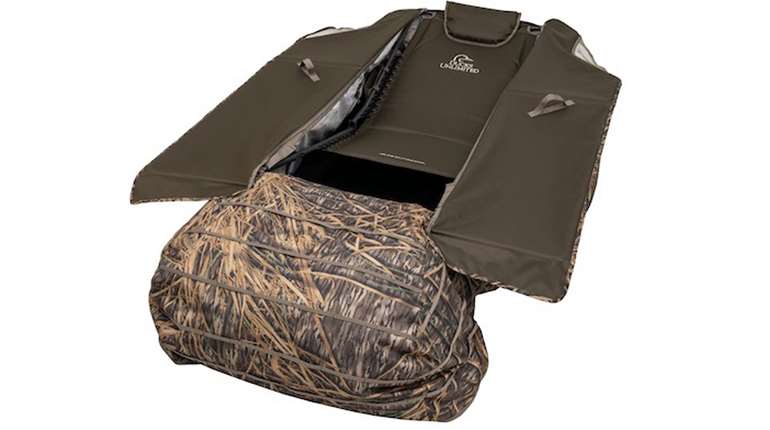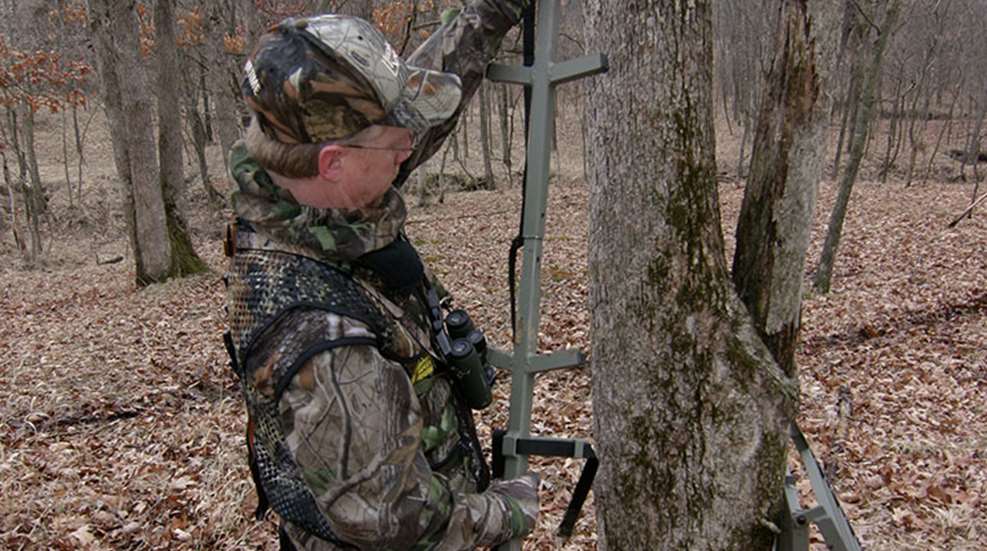
Season’s over, and as you daydream about the buck possibilities ahead, consider a review of your treestand inventory. Pulling and checking all your stands after the season could lesson hassles when you put them up—and hunt from them—later. It may even save your butt from a tragic equipment failure.
As soon as possible after the season, round up stands and move them indoors to a shed, barn or storage unit. Hang them on walls to avoid indoor rodent attacks, and put out plenty of rodent poison. This is the perfect time for a close inspection of your stands.
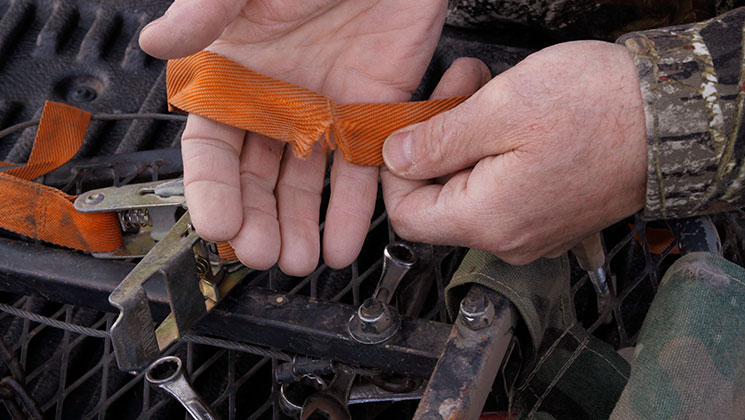
Check for Chewing
Rodents love chewing on anything soft and supple—including stand parts. Treestands that utilize fabric straps, regardless of the ruggedness, are susceptible to the gnawing actions of rodents. Do you remember all of those annoying squirrels? Black bears also relish biting and tearing on soft components of stands.
The majority of stands have some sort of cloth strap to attach to the tree. Plus, many hunters leave safety straps and ropes in favorite trees. Even a quick nibble from a squirrel could jeopardize their security effectiveness. Replace any strap or rope that has been gnawed or is frayed. Also heed the service life of safety straps; many manufacturers recommend replacing these straps every three to five years.
Straps aren’t the only favored appetizer of rodents and other forest critters. Padded seats and arm rails garner the attention of the toothy crowd. Your safety may not be in danger from missing padding, but your bum may go numb from the feel of cold steel. Plus, the unforeseen clink of a rifle on an unpadded rail may cause you to miss the buck of a lifetime. Fix worn areas now.
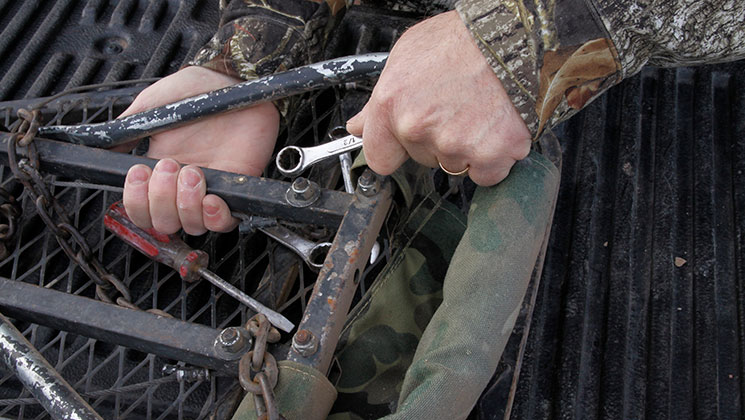
Fend Off Rust
Most stands are constructed of welded metal. Steel especially sees the effects of years of outside exposure, but even aluminum can crack from significant use and abuse. Inspect welded joints and seams for signs of cracking and rusting. Flaking paint is a clue something bad may be occurring underneath. Clean, repair and repaint as needed.
Examine all nuts, bolts, pins, hooks and connecting points for signs of malfunction or looseness. If your stand was squeaky last fall, now’s the time to determine why and silence it.
Ratchet straps also need to be tested and replaced if weathered, or if the locking mechanism fails to engage properly. If you question any damage anywhere it’s better to replace the stand instead of risking your safety.
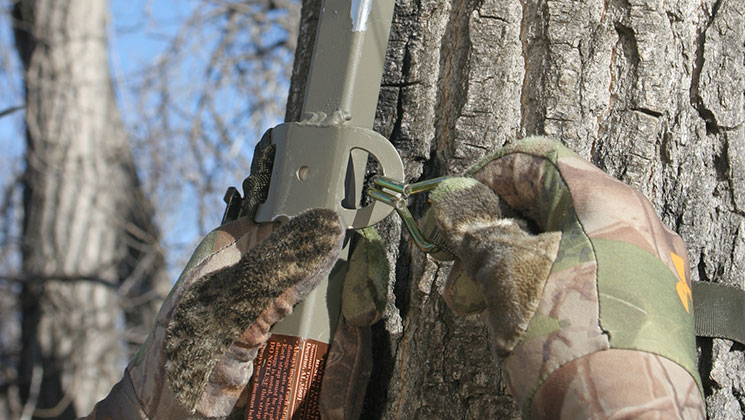
Mind the Climb
Stand safety is paramount, but don’t forget about the climb. As you pull or erect stands remember to employ a climbing line such as the Hunter Safety System Lifeline to ensure that even with stand failure you’ll be safe and able to get down. Now continue the same thorough inspection of your steps, ladders and climbing sticks. Those attached with fabric straps also face rodent aggression. Anything made of metal is subject to rust, cracking or weld failure. Ratchets could be worn or fail to lock, and hooks could be bent.
Of course, screw-in steps have their own issues. As trees grow, the process can loosen screw-in steps. A tree’s healing effort from the thread wounds produces sap that may loosen steps. Always check and re-set any step that has the slightest wobble. A better option is to use climbing sticks, or screw in new steps each season.
Finally, if you utilize a homemade stand or shooting house, scrutinize its construction for future failures. Wood rots, nails work loose, and screws and nails rust. Any could cause wood to splinter and the structure to collapse under your weight. Consider replacing your carpentry with a manufactured stand, like one from Summit that meets industry standards from the Treestand Manufacturers Association. Many retailers put stands and related accessories on sale at this time of year, and you may score a great bargain you’ll appreciate next fall.










